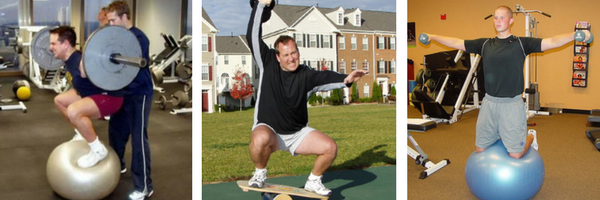As I was getting ready to replenish my supply of a multi-vitamin/mineral supplement, Centrum Silver for Men caught my eye. This supplement (and the generic versions) are made for the specific needs for men over 50. Hmmn? Being 59, it made me wonder if my nutritional needs had actually changed because of my age. Do we, in fact, need different nutrients because we are older ?  Here are some sources that I looked through for an answer.
Here are some sources that I looked through for an answer.
According to Eatright.org (The Academy of Nutrition and Dietetics), older men need more calcium and vitamin D (no specific levels stated), as well as more dietary fiber (30g/day).
While the Oregon State University gives specific micronutrient recommendations for adults >50 years old, they don’t indicate any changes from the <50 population.
Finally, the Food and Nutrition Board of the Institute of Medicine, National Academies provides recommended age specific intakes for men and women Dietary Reference Intakes (DRIs): Estimated Average Requirements. Here the only change for men 50-70 is for an increase in Vitamin B6.
So, as for micronutrients go, we might need more calcium, fiber, and vitamins D and B6. Let’s back up a bit and look at the big picture. One of the main nutritional issues for aging adults is malnutrition because as we age we tend to eat less. This may be a result of being less physically active and therefore needing fewer calories or it may simply be a loss of appetite. As you might suspect, a decrease in calories also means a decrease in the nutrients that we take in. The concern is that our health can be compromised if the intake levels of certain nutrients gets too low.
Here are the questions, if we want to keep our micronutrient levels optimal, do we just eat more to get the nutrition we are lacking? or should we take a supplement? if so, does the supplement need to be age specific?
If we are eating less because we are less active, then the decrease in calories is appropriate and to add calories without adding activity would result in gaining fat weight. Of course, I’d like to say, “Get active!” as that would not only allow for a greater caloric intake but also a more functional, self-sufficient life. In lieu of taking in more calories, it seems quite reasonable to take a supplement (check with your doctor first). I take a multi-vitamin/mineral as a “catch-all”, to fill in the gaps just in case I’m not getting the recommended levels. As for the age-specific supplements, I think that if you weren’t eating at all, it might be important. But, as a supplement to your diet (you’re not starting from scratch, after all), I don’t think there’s any real need get that specific.
Back to the original question, do our dietary needs change as we get age? No… and yes. No, there isn’t any significant change in total amounts needed, but yes, as our dietary intake decreases the need to prevent deficiencies becomes greater.






